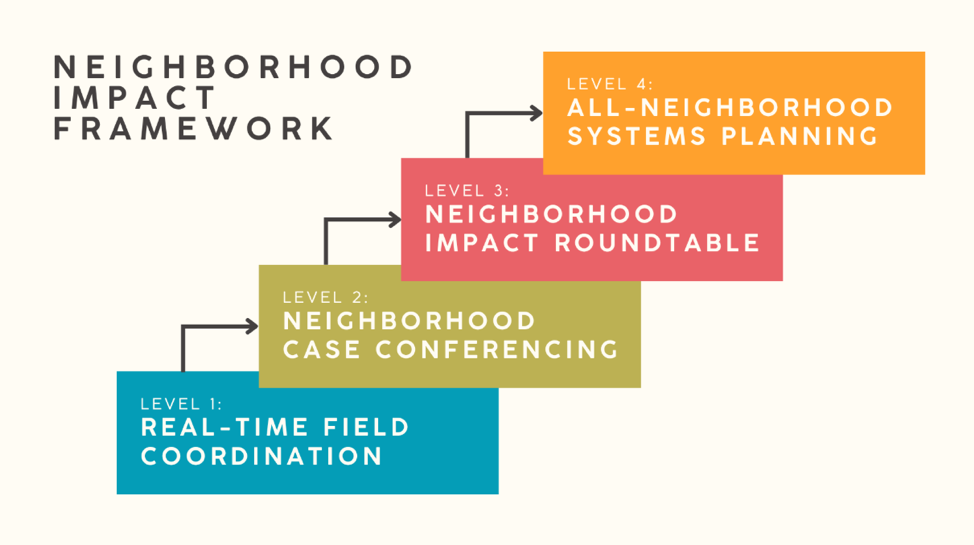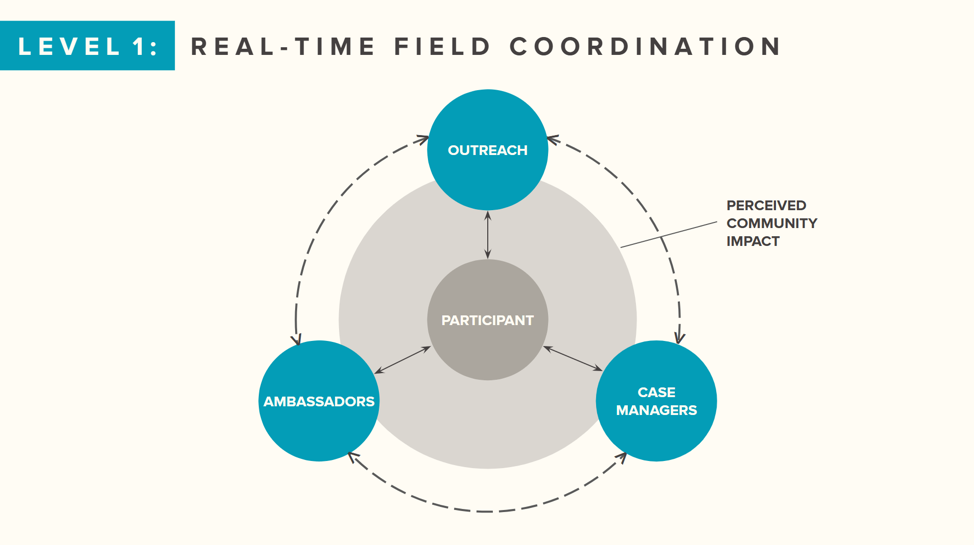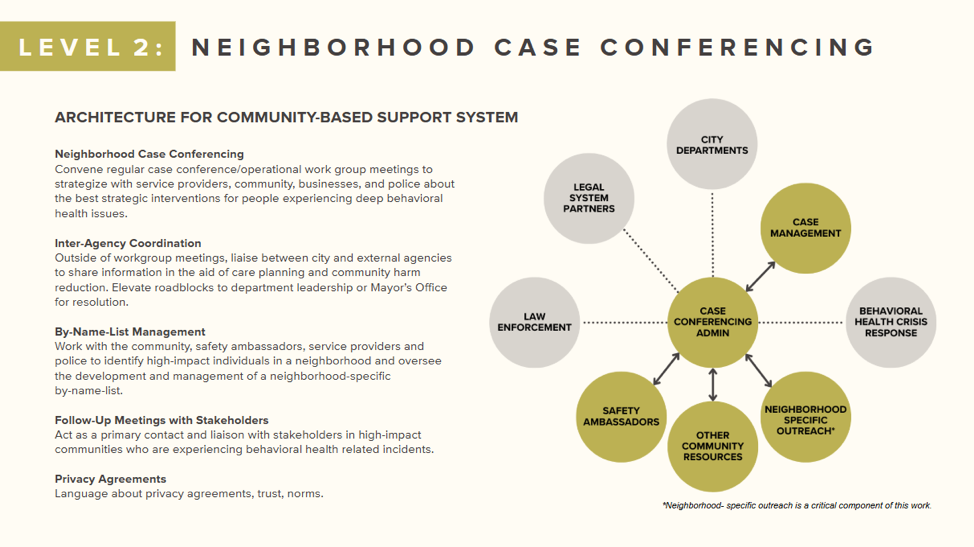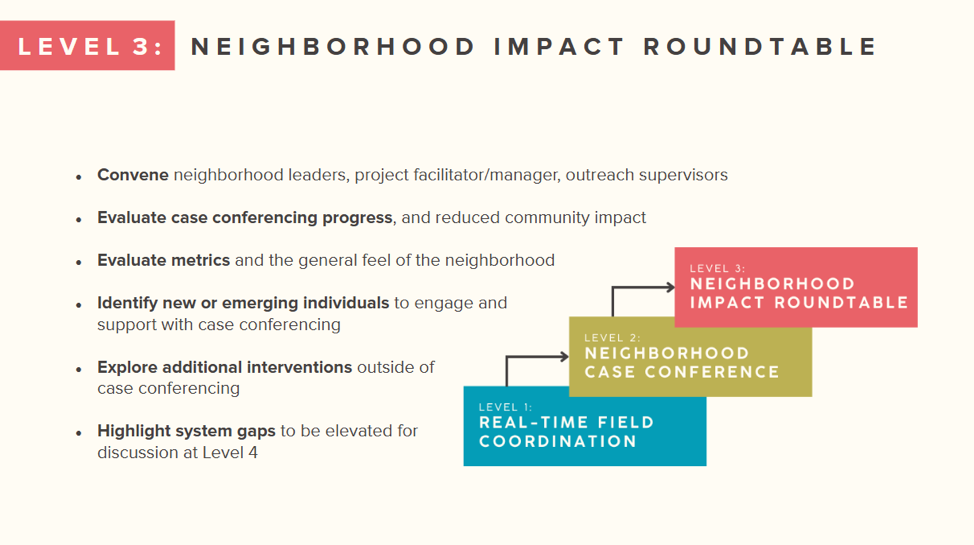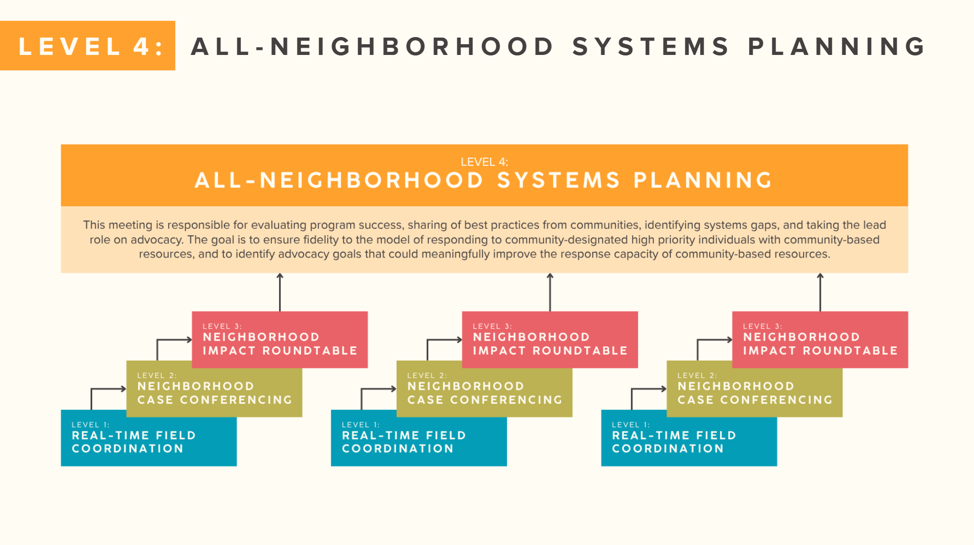FeaturedUDP News
UDP and Partners Unveil Seattle Neighborhood Impact Framework at City Hall
October 28, 2025
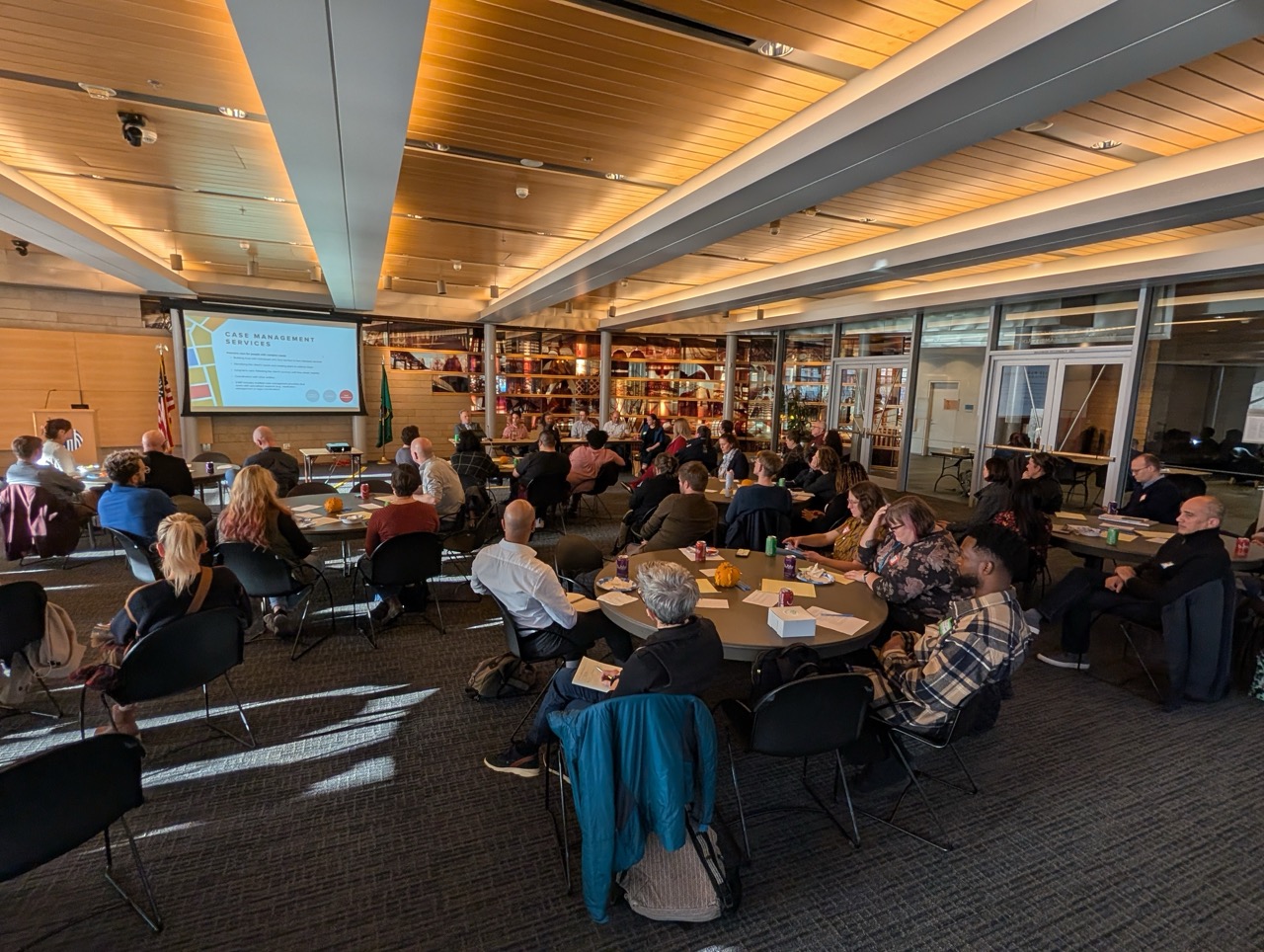
On Monday, October 27, city leaders, community partners, and neighborhood representatives gathered in the Bertha Knight Landes Room at Seattle City Hall to spotlight a new, collaborative approach to public safety—the Seattle Neighborhood Impact Framework (S-NIF). This place-based and person-based model was co-developed in the U District and Ballard through a unique collaboration between neighborhood organizations like The U District Partnership and Ballard Alliance, government partners including the Seattle City Council and Mayor’s Office, as well as service providers like Evergreen Treatment Services’ REACH program and Purpose Dignity Action’s LEAD program.
At its core, the Neighborhood Impact Framework is both person-centered and neighborhood-focused. The framework is designed to improve public safety and community wellbeing by addressing the complex needs of unhoused individuals experiencing behavioral health or substance use challenges, particularly those who are having the largest impact, but have fallen through the cracks of traditional systems.
The framework was launched in the U District in 2021 and brings together ambassador teams, outreach workers, case managers, community-based organizations, and City of Seattle partners to coordinate targeted responses in specific geographic areas like the U District.
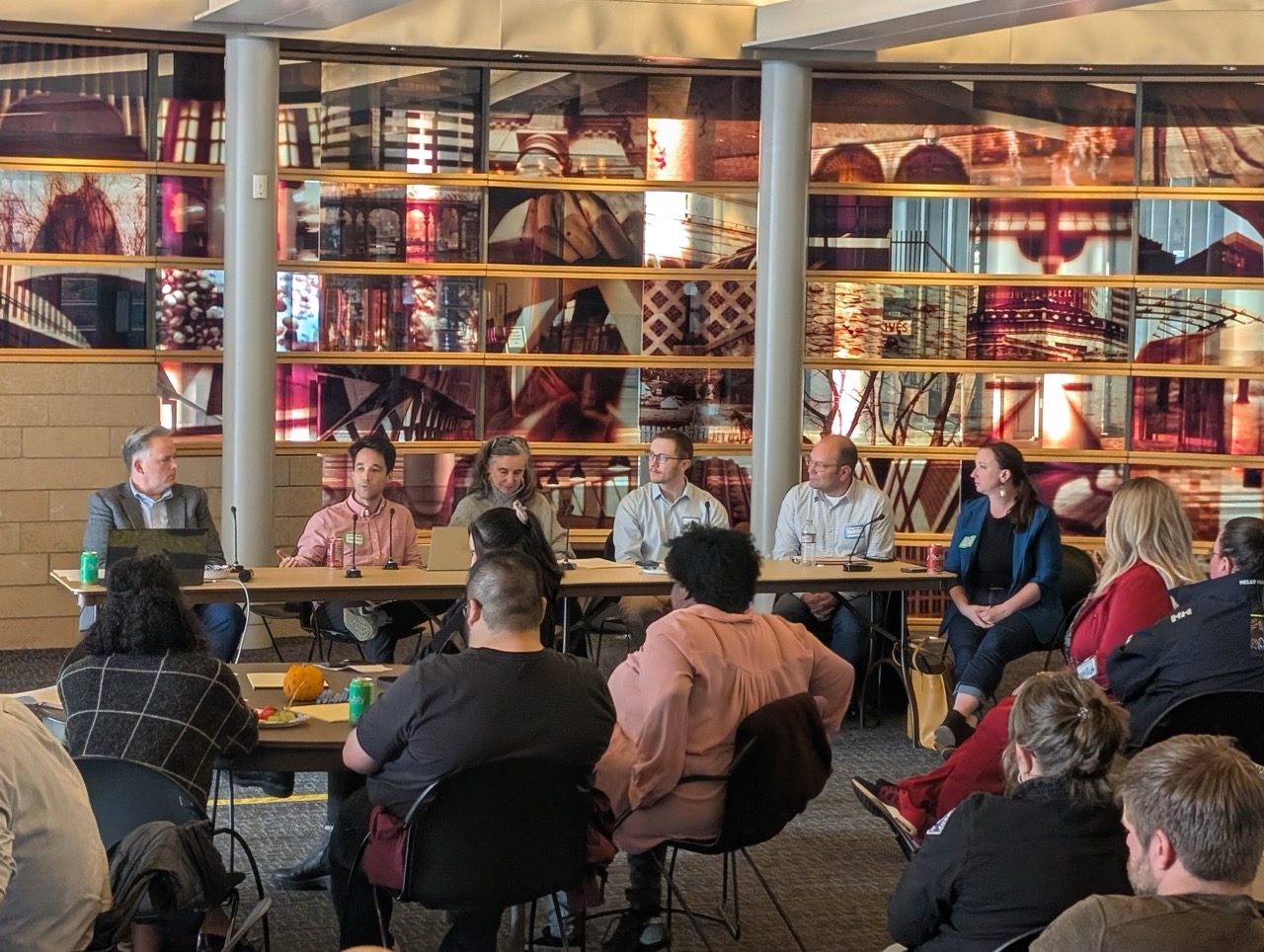 Elevating a Proven Model
Elevating a Proven Model
The purpose of the S-NIF Summit was to elevate the visibility and credibility of the framework as a scalable, evidence-based model for addressing some of Seattle’s most persistent challenges–particularly in commercial districts where the impacts of people experiencing unaddressed behavioral health issues is most acutely felt. Summit attendees included elected and departmental representatives from the City of Seattle, regional agencies, and local organizations working daily on the front lines of public safety, social services and homeless outreach. In addition to policy professionals and practitioners, many local neighborhood leaders and constituents were in attendance to learn how they may be able to adapt this framework to support their own communities.
Through shared stories and early results, UDP and other framework partners highlighted how this approach is helping to bridge service gaps and foster collaboration between government, service, and community partners. Importantly, the framework is not designed to replace existing city programs—it is meant to complement and strengthen them, providing focused attention on high-impact individuals and areas where traditional systems have struggled to gain traction.
The framework itself features four levels of coordination. At the most basic level, the framework is built from on-the-ground outreach and problem solving to address the needs of people suffering from unaddressed mental health or addiction issues. There is a case conferencing component to allow for complex and collaborative care planning. There are also coordinated conversations about overall neighborhood health, safety and wellbeing. And lastly, there are citywide systems evaluations that allow findings from the work on the ground to inform system investments and improvements.
Rooted in Findings from Seattle’s Neighborhoods
The two hour program featured short presentations from the U District Partnership and Ballard Alliance, who are currently implementing the model, each adapting it to their own local context. Service providers also shared lessons learned around coordination, funding, and impact—offering a grounded look at what’s working and where challenges remain.
Following these case studies, a facilitated dialogue engaged the audience in exploring key questions: How can we measure success? What partnerships are essential to scaling the model? What do communities like Capitol Hill and Mount Baker do without the support of a BIA? How can these and other neighborhoods sustain this collaborative work over time?
Looking Ahead
As Seattle and other regional centers seek more effective strategies to improve safety and support vulnerable populations, the Neighborhood Impact Framework offers a promising path forward—one rooted in partnership, accountability, and empathy.
By narrowing the focus to the neighborhood level and aligning shared priorities, this model shows that systemic change can begin locally—with people, partnerships, and place at the center.
